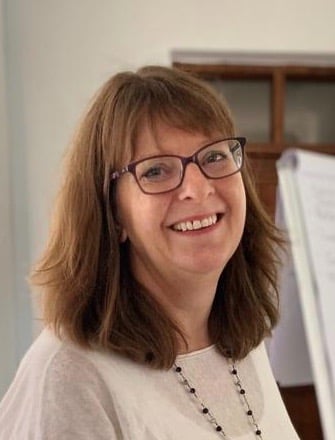
The London Clubfoot Clinic
Experts in Ponseti Treatment
The London Clubfoot Clinic Team
Naomi Davis
BMedSci, BM, BS, FRCSEd.(Tr.& Orth.)
Naomi has been a pioneer of the development of the Ponseti Method in the UK. She is a Consultant in Paediatric Orthopaedic Surgery at the Royal Manchester Children's Hospital, where she leads the North West Children's Major Trauma Network and the National Children's Rehabilitation Network. Naomi is Chair of the Core Group of the UKCCG and of the Clubfoot Consensus Steering Group at BSCOS. She is also a member of the GCI Advisory Board. Naomi has been an invited speaker nationally and internationally and has a broad research portfolio. She was a winner of the 2017 "Women of the Year" award for her contribution as Surgeon Commander in the response to the Manchester Arena attack.
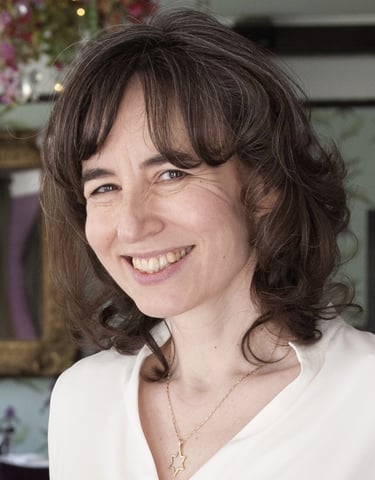

Denise Watson-Tann
MCSP
Denise is an Advanced Practice Physiotherapist in Paediatric Orthopaedics at Chelsea and Westminster Hospital in London, with more than 30 years' experience in treating clubfoot, and she specialises in treating complex clubfoot conditions.
Denise is a Core Group member of the UKCCSG and of the Clubfoot Consensus Steering Group at BSCOS (British Society for Children's Orthopaedic Surgery). She is also a Trustee of the Global Clubfoot Initiative and a Member of the GCI Advisory Board. She has extensive teaching experience in various countries in Africa and Asia.
Ponseti Method
Clubfoot is a complex, congenital deformity of the foot also known as ‘congenital talipes equinovarus’ (CTEV) caused by the abnormal development of a baby’s bones, ligaments and muscles while in the womb. It is one of the most common birth defects affecting some 1 in 1,000 babies. In most cases it is a relatively easy condition to treat. We do not know exactly what causes clubfoot. It may be isolated or linked to an underlying condition.
The Ponseti method is a minimally invasive technique for treating clubfoot. Compared to surgical and other conservative techniques, the Ponseti method has been found to have the best long term outcomes and is considered to be the gold standard for clubfoot treatment.
The treatment involves weekly sessions, in which a Ponseti method specialist gently manipulates the baby’s foot and gradually corrects its position with a series of plaster casts (typically five or six). A tenotomy, a minor operation to release the Achilles tendon, is required in most cases. This can be performed under local anaesthetic in young babies. Further surgery can sometimes be required. The goal is to provide a long term correction, resulting in a foot that is fully functional, pain-free and suitable for normal shoes.

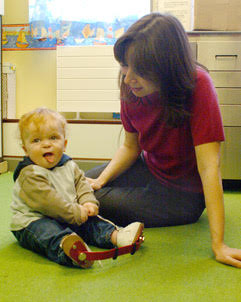
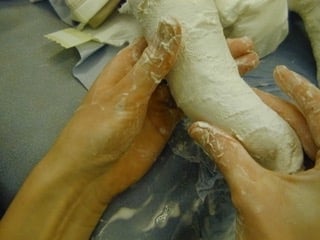

Ponseti Bracing
Ponseti Bracing using a Foot Abduction Brace (FAB) starts as soon as the final cast is removed. The brace must be worn 23 hours/24 for twelve weeks on completion of the corrective phase, and then 12 hours/24 during sleep time until the child is five years old. Bracing is essential in order to maintain the corrected position of the foot and prevent any relapse. If a relapse occurs, simply following the treatment protocol more closely may be enough to correct the problem, but with severe relapses it may be necessary to manipulate the feet and reapply plaster casts, and to follow this with a repeat of the boots and bars stage of treatment.
If there is more serious relapse, a tibialis anterior tendon transfer may be required. This is a way of moving one of the tendons on the foot to make it more balanced. A plaster cast will be worn for approximately five weeks following the surgery. Ponseti treatment can begin when a child is a few weeks old, but can also be implemented in older children very successfully, depending on the flexibility of the child’s foot and the resources available.
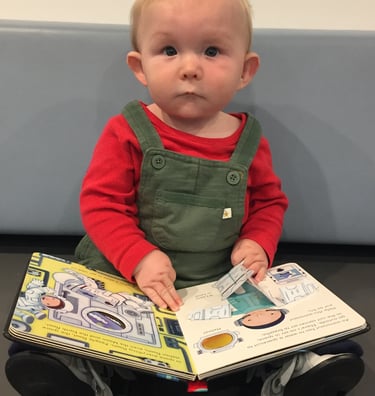

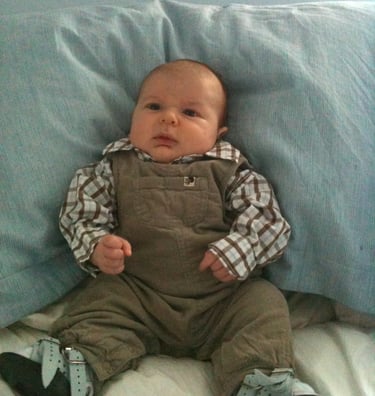

Additional Treatments
We treat lower limb conditions, in addition to clubfoot, including Congenital Vertical Talus, Metatarsus Adductus, and Idiopathic Tiptoe-walking.
We have considerable experience in the lower limb management of complex neuromuscular conditions such as Arthrogryposis, Congenital Deformities, and Syndromic Feet.
We also work closely with John Florence Orthotics in providing orthotic solutions to facilitate optimal function.
https://www.johnflorence.com https://www.johnflorence.com/copy-of-our-vision-values
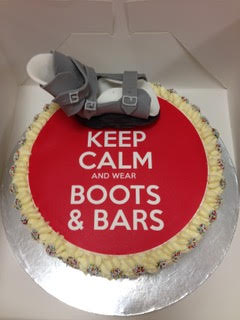

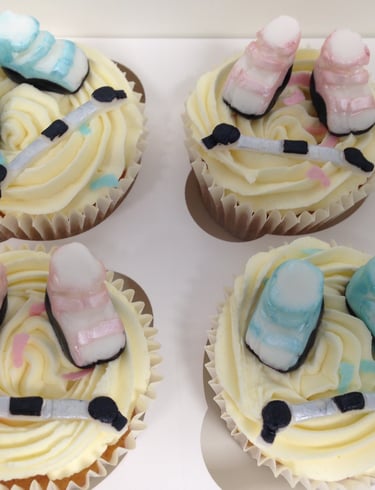

Parents Say
At just 10 days old we handed over our tiny baby to begin the treatment journey and 11 years later he has completed the journey and we are ever so proud of him and thankful to you and the team.
Whilst it felt like those months in full time boots and bar would never end, looking back the intense period of treatment was over so fast, and the change in his feet was dramatic in just a matter of weeks.
VH - London

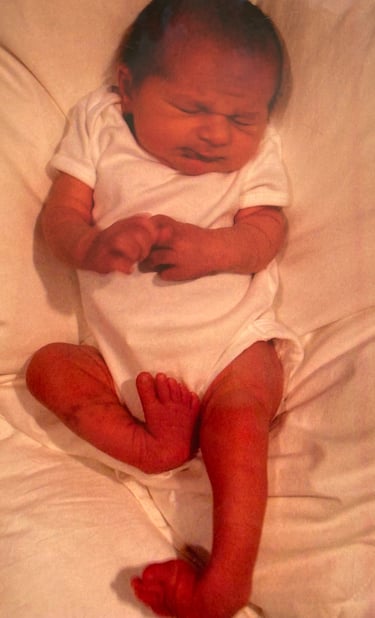

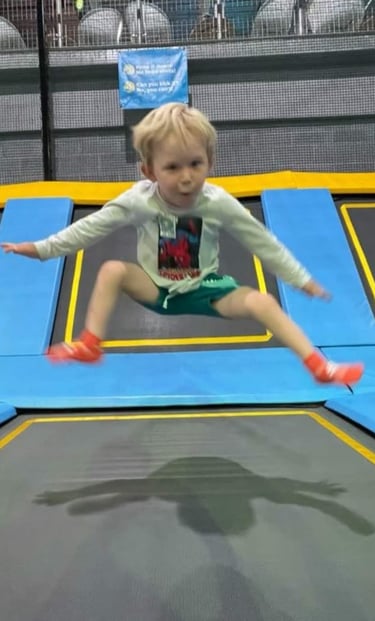
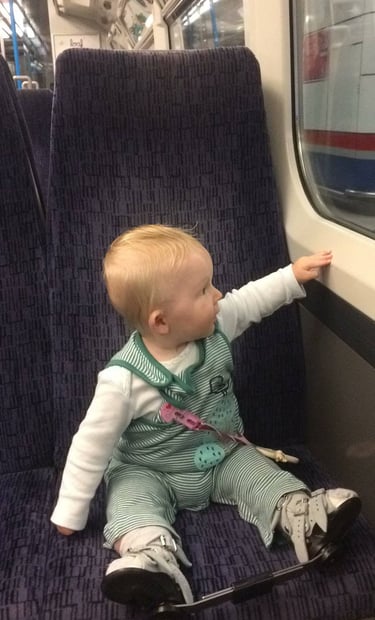

We came to see Denise after treatment locally had failed to correct the feet and they wanted to perform invasive surgery. With Denise we restarted casting and always stuck to the bracing regime.
Our son now leads a normal active life. It was one of the best decisions we ever made.
A P-K - London
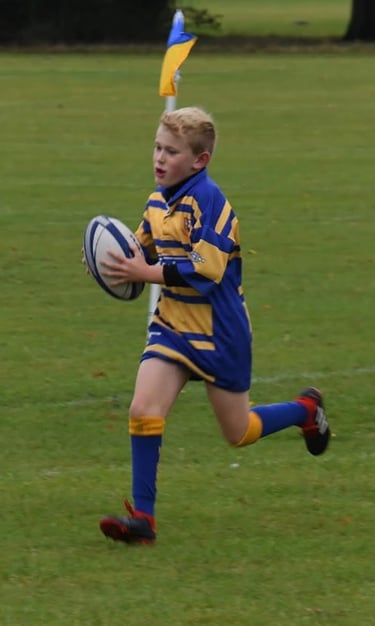



‘We researched the entire European market for the best practitioners of the Ponseti method and Naomi’s name kept coming up as the number one person to go to. She has been incredibly responsive, effective and caring in looking after our little boy. She has made what appeared a scary and daunting journey at the start seem straight forward. She has kept us informed of what to look out for and what to expect as we have progressed through treatment and we have always felt we have been in the best and safest hands. We can only thank her and her team for doing such an excellent job in correcting S’s feet.’.
GT - London
Dr Ponseti
Ignacio Ponseti was born in 1914 in Menorca, Spain. He graduated from the University of Barcelona in 1936 as an MD with a degree in biology. He served as a medic in the Spanish Civil War before emigrating first to Mexico and then the United States, joining the University of Iowa in 1941.
In 1948 Dr Ponseti began to develop a serial casting technique to treat clubfoot, and in 1963 he published his first paper on this non-operative treatment, to widespread criticism and some ridicule.
In 1984 he returned to clubfoot treatment from retirement, and he later published “Congenital Clubfoot - Fundamentals of Treatment” which led to a worldwide revolution in clubfoot treatment.. Dr. Ponseti continued to treat babies with clubfoot until his death in 2009.
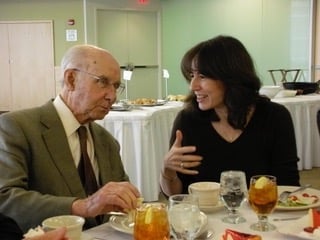

Before You Begin
The parent resources below are produced by STEPS Worldwide Charity and Global Clubfoot Initiative..


Older babies can be treated with the Ponseti method - this is how it's done.
Preparing for your child's first day of treatment
These exercises will strengthen your child's feet in later years
The Ponseti Process
Treating Older Babies
Get Strong and Stretchy!
Clubfoot FAQs
Denise answers your most frequent questions.


Managing sleep issues for kids with clubfoot.
Clubfoot Sleep Strategies
How to Find Us in London
205-209 Great Portland Street London W1W 5AH
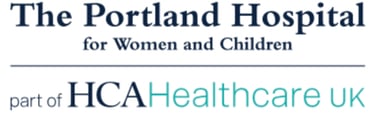

How to Find Us in Manchester
Spire Manchester Hospital, 170 Barlow Moor Road, Didsbury, Manchester M20 2AF
mt.peakdalepractice@gmail.com Michelle Taylor - tel. 07852 493455
Book a Consultation
Privacy and Data Protection: we support and comply with the ICO's Privacy and Data Protection regulations. Full details are provided in our Patient Registration procedure.


